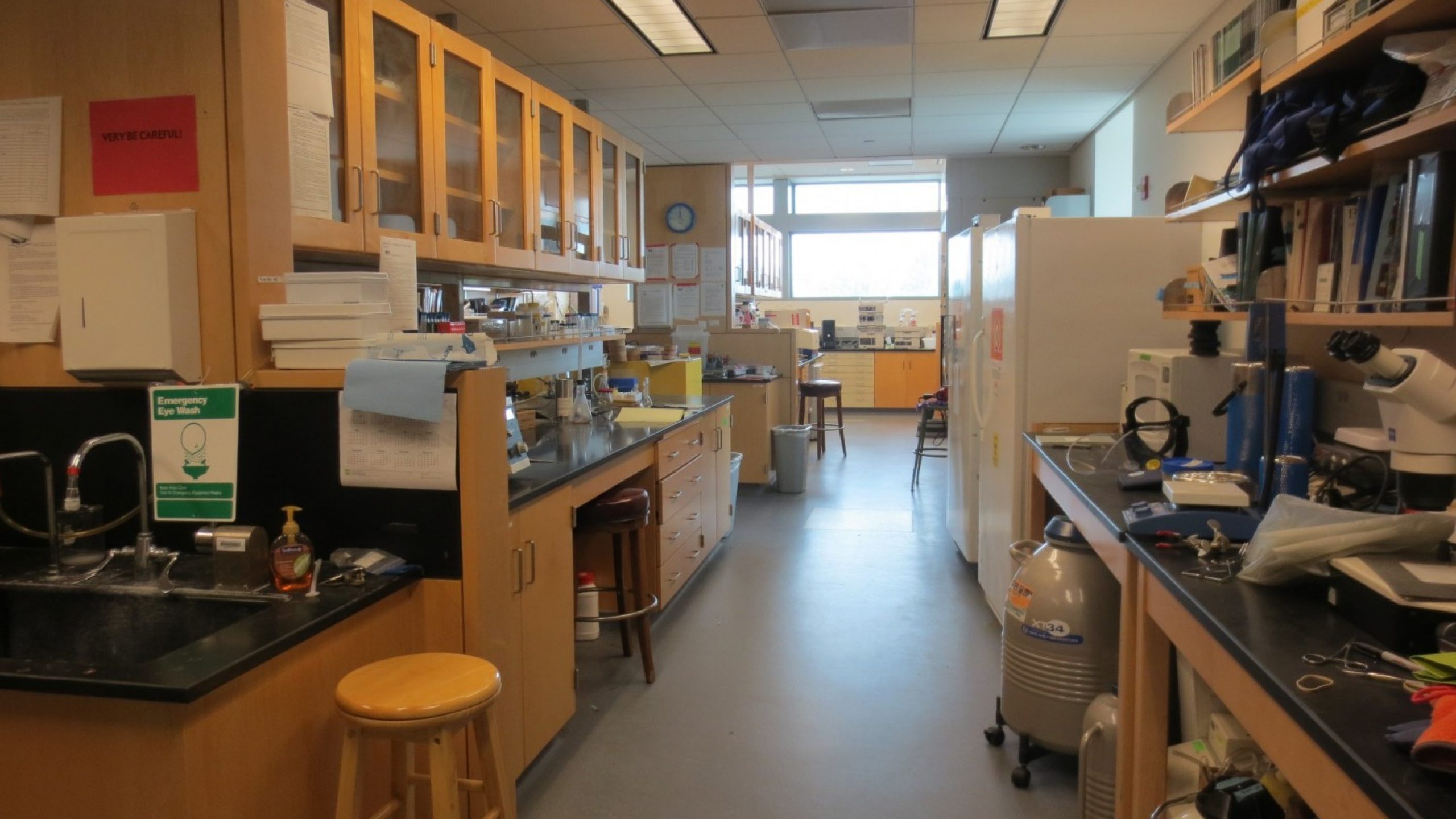Controlling organic molecules with light is a fascinating effort that our group is exploring in the field of responsive contrast agents for magnetic resonance imaging. We are currently using light responsive molecules to sense biochemical activity in biological models that overexpress light producing molecules and enzymes. To date, successful application of responsive contrast agents has suffered from the inability to access the cells of interest. In most cases, a pre-incubation of cells with the contrast agent followed by in vivo transplantation is necessary to gain access to the contrast agent. Other challenges include dilution of contrast agent concentration because of cellular proliferation or decomposition of the CA. One can avoid some of these issues if the activatable probe does not need to access the cellular cytoplasm to function.
One of the most well-characterized organic photochromic molecules, from the spiropyran family, are able to switch between two different forms.

Proposed isomerization of Spiropyran-DO3A-Gd: Treatment of the DO3A conjugated molecule in the merocyanine form (right molecule) with visible light causes a conformational change and isomerization to the closed, or spiropyran form (left).
The colorless spiropyran (SP) form is uncharged and displays an absorption band in the UV range, in contrast the molecule can also assume an intensely colored merocyanine (MC) form exhibiting zwitterionic properties and a maximum emission in the visible region (figure 1). The conjugation of a Gd-DO3A complex to the spiropyran molecule leads to a light activatable, water soluble MRI probe, in which water access to the Gd(III) ion is controlled by the structural change of the spiropyran moiety. We are analyzing the effects of different modifications on the switching properties of the spiropyran-DO3A molecule. For example, the introduction of an additional nitro group at the 5’ position of the ring system leading to dinitrospiropyran or the modification of the linker length connecting the photochromic molecule with Gd-DO3A. Spiropyran and dinitrospiropyran can be used as optical probes because the MC form possesses a fluorescence emission. Usually this fluorescence emission is rather weak but it can be amplified several times by embedding the molecule into hydrophobic nanocavities of polymers. We have observed distinctive fluorescence properties resulting from DO3A conjugation of the spiropyran molecule in a non-polar environment. We are investigating the light-responsive properties of the probes in vitro using cell lines that overexpress different kinds of luciferases and fluorescence proteins, which are capable to induce a photoswitch.
Applications:
-light responsive MRI and optical contrast agents
-fluorescence imaging
